Gridlock: Seeking a 21st century solution to an age-old problem
Back in 1962 Seattle’s Monorail was the World’s Fair’s answer to traffic. Elvis even rode it, and so did our Walter Cronkite. “This will help solve traffic congestion in our biggest cities,” the CBS News veteran said.
The monorail has kept its one-track mind, trying to live up to that promise ever since.
More than two million people still ride the monorail in and out of Seattle, and the best part about it is, it’s all done high above those clogged streets below. After all, that was the point.
But the monorail never really caught on in this country, and our gridlock remains one of our biggest gripes. According to one estimate, Americans sat in traffic an average of 97 hours last year, costing roughly $87 billion in lost productivity.
At KNX 1070 Radio in Los Angeles, traffic coverage is nonstop. L.A.’s congestion is so bad it’s made some people’s careers, like reporter Scott Burt. “Everybody moves here to be an actor. I didn’t; I moved here to be a traffic reporter!” he laughed.
To see traffic from above, commuting appears to be the definition of insanity. “Here’s one of the worst freeways in town on a consistent basis,” said Burt.
“Some things you can count on: death, taxes, and traffic!,” said correspondent Lee Cowan.
And yet, our nation’s love affair with the car never seems to wane. “It’s hard to just radically change what’s evolved slowly over the last century,” said Robert Cervero, a professor emeritus at the University of California, Berkeley. When it comes to traffic infrastructure, he said, “When you start hitting this 90, 99% capacity, it just breaks down.”
Cervero says the solution to traffic has generally been to build more roads. But all those new concrete ribbons just enticed more people to drive. “There’s always a pent-up demand for movement, so if you add capacity, you unleash this pent-up demand, and quickly it gets filled again,” he said.
One stretch of I-10 west of Houston was expanded to 26 lanes across in some places. But not long after that nearly $3 billion expansion project was completed, everyone started driving it again, and commute times started creeping up again.
So, some have proposed charging drivers for taking up our precious road space. It’s an idea called congestion pricing; essentially you drive it, you buy it. But you’d pay more to drive in busy areas at busy times, a driving dis-incentive.
Cities like London and Singapore are already using it to reduce their traffic, and by 2021 New York City will put it into effect, too.
But what do you do if you have no other option?
At a Nevada test site, one possible option looks like a giant straw – the “tunnel of the future.” Engineer Kristen Hammer took Cowan inside the only Hyperloop built, so far, in the world. “There hasn’t been a new form of transportation in over a hundred years,” she said. “This is it.”
Called Virgin Hyperloop One, the system would hurtle commuters in a pod through a nearly friction-free vacuum tube using magnetic levitation. In testing, it’s reached speeds of 240 miles per hour. The goal is close to 700 miles per hour.
It can fit right in the median of many existing freeways, said Virgin Hyperloop One CEO Jay Walder, and unlike a bullet train, the pods will be on-demand.
“You see it as a transformative transportation technology?” asked Cowan.
“It really is disruptive,” said Walder. “It really does give us a chance to rethink the entire paradigm of intercity transportation that we have.”
The Hyperloop, though, really isn’t going to help much for now with your commute to the grocery store. For that there’s a more old-school idea: Gondolas.
Some 20,000 people a week use this system on the outskirts of Mexico City.
“We’re literally in Mexico, and they’ve used a ski lift as public transit,” said Steven Dale, an urban planner with engineering consulting firm SCJ Alliance. “It is an absurd idea. It’s ridiculous. And yet, it works!”
The system drops an hour-long commute to just 20 minutes. And what a way to travel. “Would you rather this, or be in a subway?” asked Dale.
Medellin, Columbia, and La Paz, Bolivia, have both championed gondola use. And Dale thinks we could be seeing them in U.S. cities like Los Angeles and Oakland within a few years. “This isn’t going to solve all of our transportation woes. It’s just another tool in the toolbox,” he said.
And that’s the upshot of all this: No single transportation alternative is going to un-jam our traffic jams. We all have somewhere to go, usually at the same time, in the same place.
As the saying goes, we’re not really stuck IN traffic … we ARE traffic.
For more info:
Story produced by Mark Hudspeth.
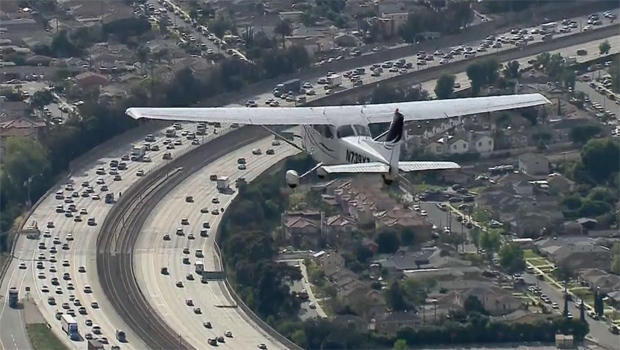
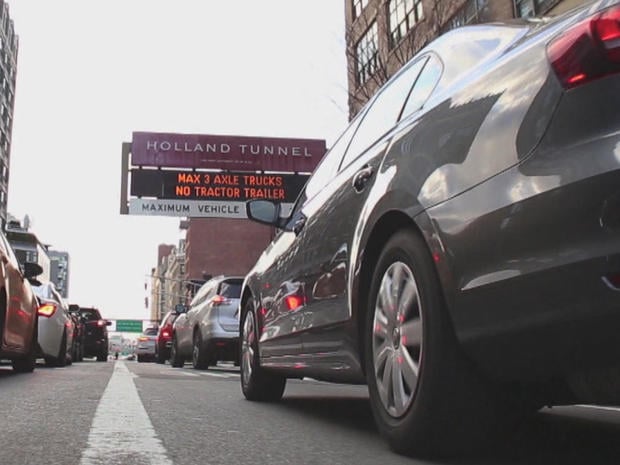
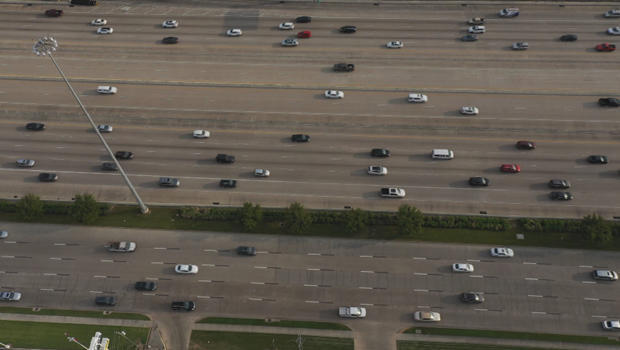
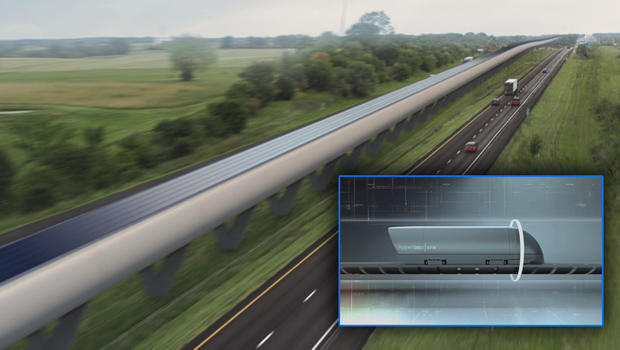
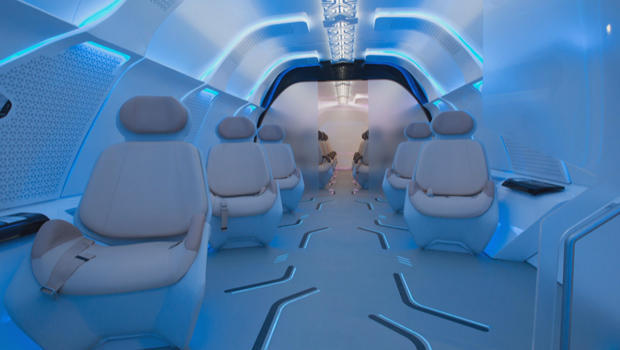
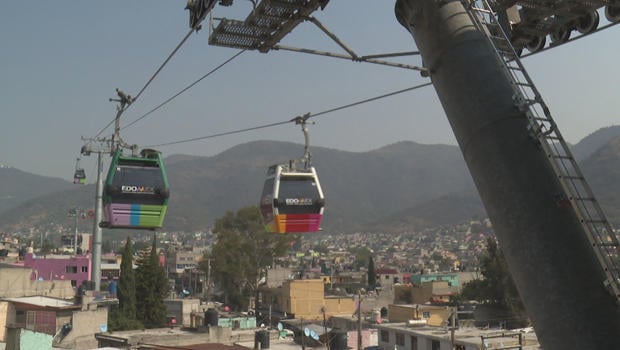



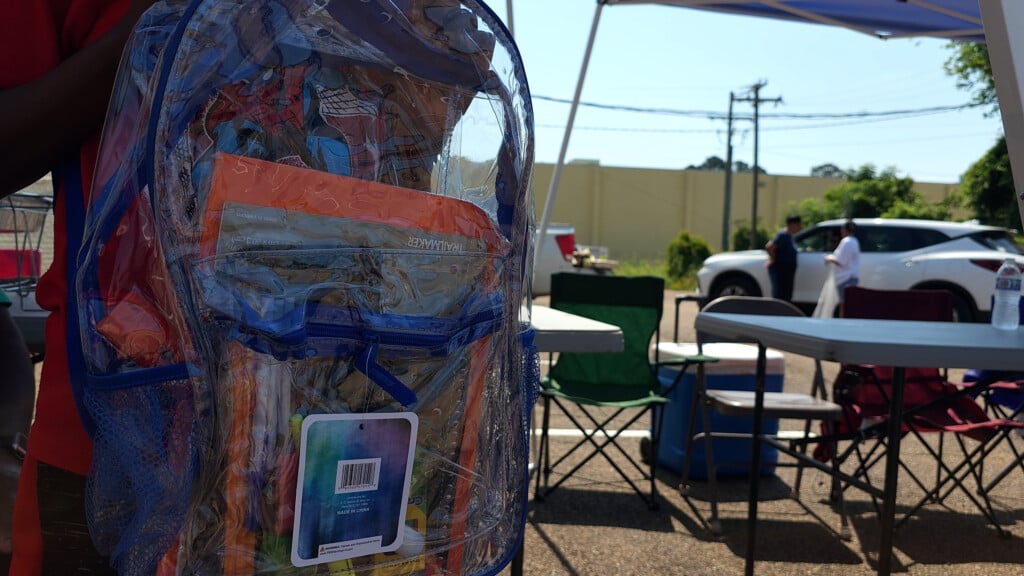
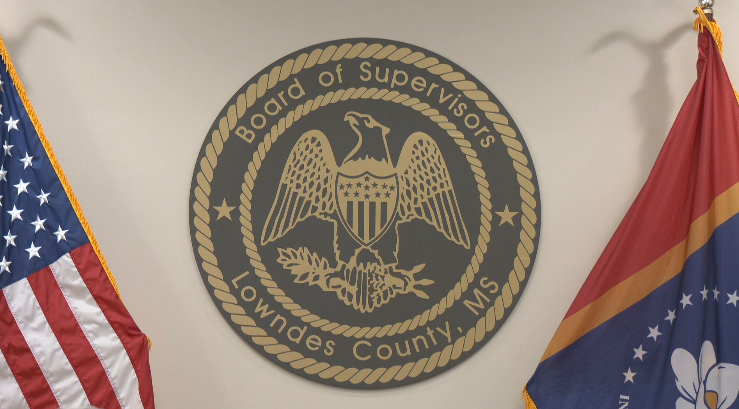
Leave a Reply